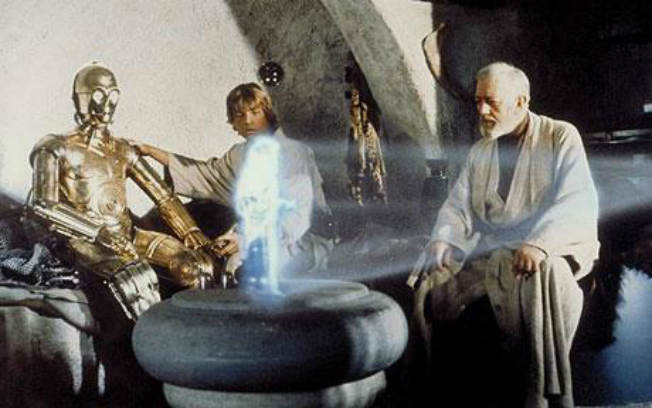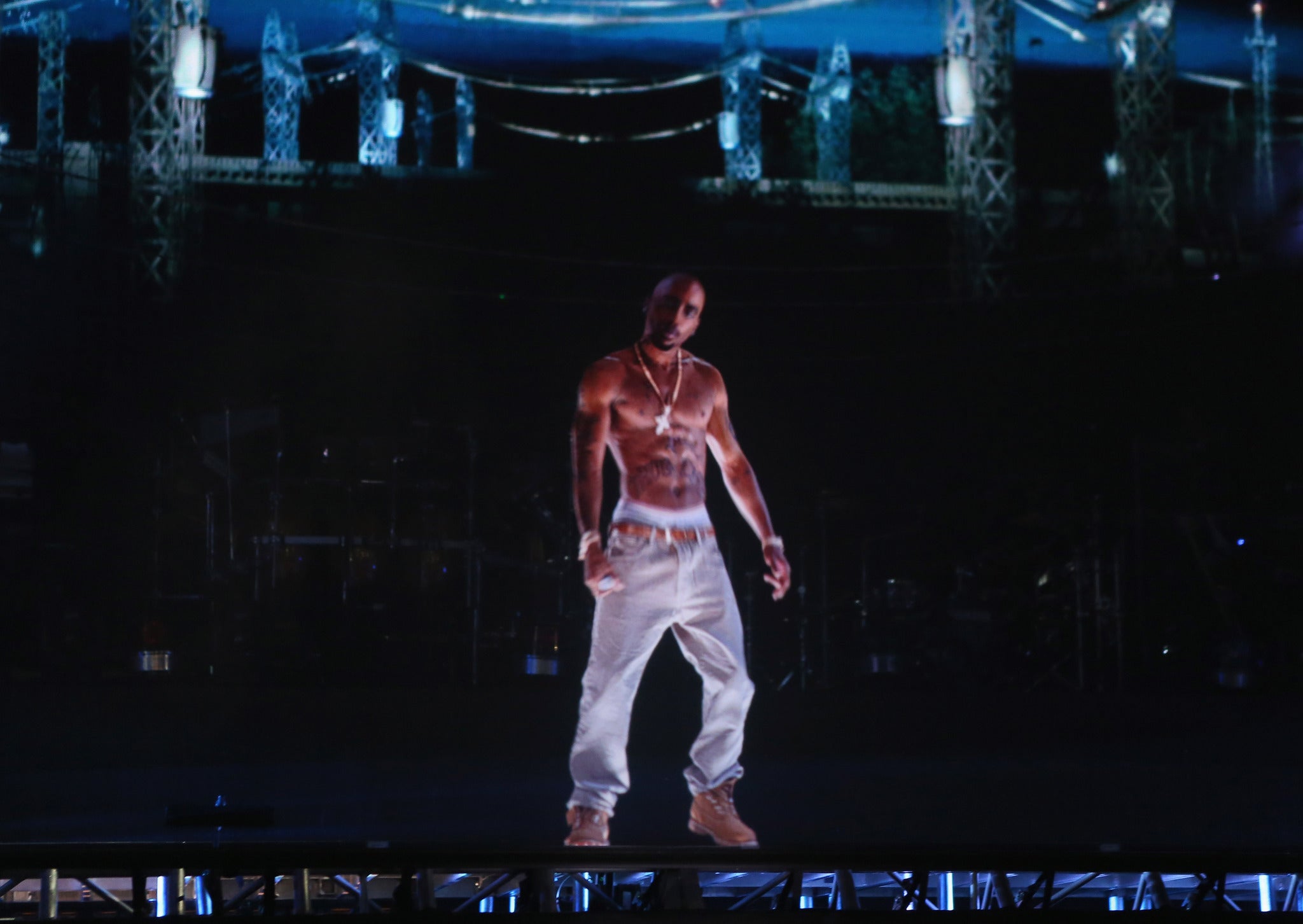Smartphone-sized 3D projectors promise Star Wars-style hologram calls
Projectors the size of an ordinary camera lens could be the next big thing for smartphones - but when would you want to use a hologram display?

Smartphones keep on getting cleverer but their screens stay the same size. How do you solve a problem like that? Well, one company thinks that holograms might be the answer.
Ostendo Technologies from California has been working on miniature projectors for the last nine years and have now created a device small enough to fit into a smartphone.
The lens itself is about the size of the nail on your little finger and can project a 48-inch video onto any surface. Ostendo say they’re planning to roll out sell 2D-capable units in the first half of 2015 before following these up with 3D models later that same year.
Speaking to the Wall Street Journal, Ostendo founder Dr Huseein S. El-Ghoroury said that this was a natural move to build on the capacities of our ever-more-powerful smartphones.
“Over the years, processing power has improved and networks have more bandwidth, but what is missing is comparable advancement in display,” Dr El-Ghoroury said.
His company has so far received $90 million in funding from various venture capital firms as well as securing $38m in contracts from Darpa - America’s future-obsessed Defense Advanced Research Projects Agency (otherwise known as the guys who built the predecessor to the internet).

The key to making Ostendo’s projectors work is the resolution. Science and tech site Phys reported that the company’s chips can tweak the colour, brightness and angle of beams of light “across one million pixels” while the WSJ reports that they have a resolution of 5,000 dots per inch (by comparison, the Retina display on the iPhone is around 300dpi).
In a demonstration for the WSJ, six of these chips retailing at $30 each were used to create a 3D image of dice spinning in the air, with the image and motion of the objects reportedly appearing “consistent, irrespective of the position of the viewer.”
If these 3D projectors can be manufactured at scale and slotted into smartphones for a reasonable price then they could certainly be the next big thing, but figuring out when and how to use them is tricky.
For a start, hologram video calls in the style of Star Wars would only be possible if the person at the other end had a device capable of capturing 3D imagery, and when it comes to more normal smartphone activities (browsing your email or looking through Facebook photos) why would you want to conduct these in such a public manner?
Despite this, it seems 3D imagery is going to be becoming more and more common. Facebook’s $2 billion acquisition of Oculus Rift looks set to push virtual reality goggles into the mainstream, while Amazon is working on its own smartphones with 3D screens. The question is: will we take these devices seriously?
Join our commenting forum
Join thought-provoking conversations, follow other Independent readers and see their replies
Comments
Bookmark popover
Removed from bookmarks